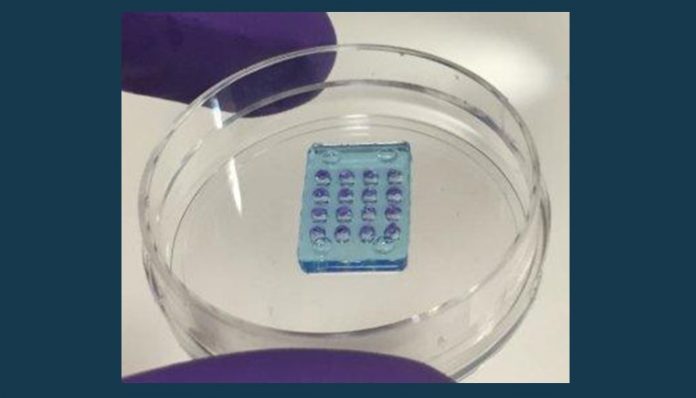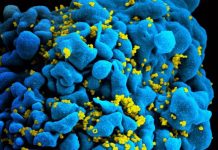May 5 (UPI) — Vanessa Restrepo-Schild, a student and researcher at Oxford University, has developed the world’s first synthetic, soft tissue retina. Until now, artificial retinas have only been made from hard, rigid materials.
The retina, situated at the back of the eye, converts light into electrical signals that are transported to the brain. It is key to human vision.
The new artificial retina could help physicians offer less invasive and more effective treatments to patients with impaired vision.
The synthetic material, a combination of hydrogels and cell proteins, works like a camera’s image sensor, reacting to light and creating an image.
“The synthetic material can generate electrical signals, which stimulate the neurons at the back of our eye just like the original retina,” Restrepo-Schild said in a news release.
Because the new material is generated using natural, biodegradable materials, but without living tissue, it is less likely to cause infection or an adverse physiological reaction when implanted.
“The human eye is incredibly sensitive, which is why foreign bodies like metal retinal implants can be so damaging, leading to inflammation and/or scarring,” Restrepo-Schild said. “But a biological synthetic implant is soft and water-based, so much more friendly to the eye environment.”
So far, the device’s functionality has been only demonstrated in the lab. The next step is to test the retina as an actual bio implant.
The breakthrough was described this week in the journal Scientific Reports.






